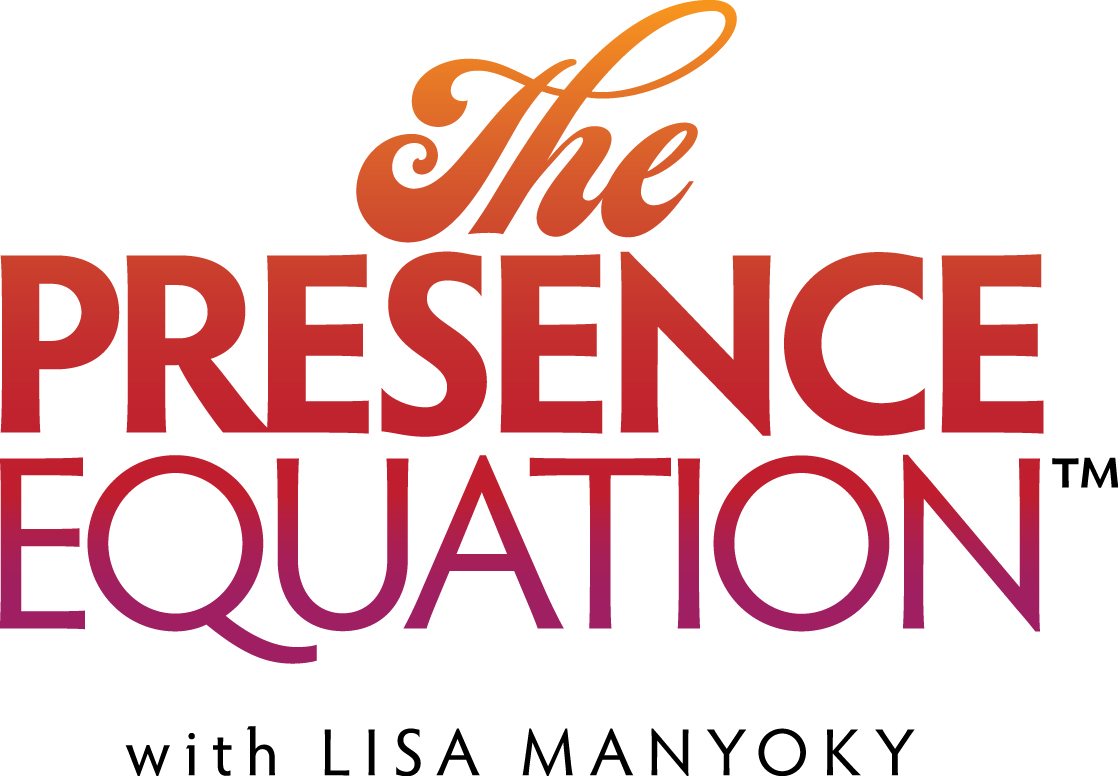 “DON’T SPEAK TO ME IN THAT TONE OF VOICE!”
“DON’T SPEAK TO ME IN THAT TONE OF VOICE!”
This is a clear message, isn’t it? You’re reading it, yet you know it’s a reprimand.
How about these…
“The interaction we had was productive. I welcome the opportunity to address new issues on a future date convenient to you.” vs. “Great conversation. I think we accomplished a lot of terrific things. Let’s talk again if other problems develop.” vs. “Thnx for talk time. C’ya.”
All three messages say basically the same thing, yet each feels completely different.
In today’s personal and business cultures, email is one of the most widely used forums for communication. It should work FOR you, not against. So pay close attention to your tone in print.
Too much formality can put distance between you and your reader. Or, too much frivolity can put distance between you and your reader.
In other words, if your reader doesn’t like the “too much” of what you write, then email could become a communication liability.
If you’re uncertain about what constitutes good email writing style, simply imagine having a conversation with your reader. Then, write in kind. Be sure, however, your conversational skills are solid and that you “speak the language” of your reader.
Here are key tips to remember as you craft your email:
- Avoid complex, stiff language. Without verbal inflection and a “face to read,” formal words and lofty vocabulary can slow down engagement and sometimes, stop it totally.
- Use good grammar. How you write paints a picture of you. Make sure the “painting” is worth the look.
- Punctuate correctly to set the pace of your message. Help your reader move comfortably with that pace.
- Go easy on happy face emoticons and slang:-), unless your reader is someone you know well and with whom this kind of lighthearted chatter is fair game.
- Be clear about intent and use the right words to express it. Are you laying ground work to keep the conversation going, or are you shutting it down?
- Avoid run-on sentences because you’ll lose your reader really, really fast and then whatever you were trying to say will be forgotten by the time your reader reaches the end of the sentence and that’s probably not what you had in mind. (Get it?)
- Sign your name with a closing comment that’s right for you and your message. “Sincerely” says something totally different from “Warmly.”
- Use “text-ese” for text, not for email.
- Add a P.S. to draw attention to an important thought.
- Conduct sensitive exchanges in person, not via email.
- Do not hide behind the “email cloak of anonymity.” Write only what you’d be willing to say to your reader in person.
AND NOW THE MOST IMPORTANT TIP OF ALL…
- Avoid “sender’s remorse.” Understand that whatever you put in print can show up ANYWHERE and can have a very long shelf life. Once sent, email is typically irretrievable. “SEND” with caution.
The written word is mighty, so use it to cultivate rapport rather than hinder it. If you need help understanding communication styles and crafting language that makes the best use of email, then we should talk. Call me at 609-890-6645 or email me at by filling out my contact form.
In the meantime, have a great day :-} Cheers! Go TEAM!! <|:/*
*P.S. Sorry, I couldn’t resist.
